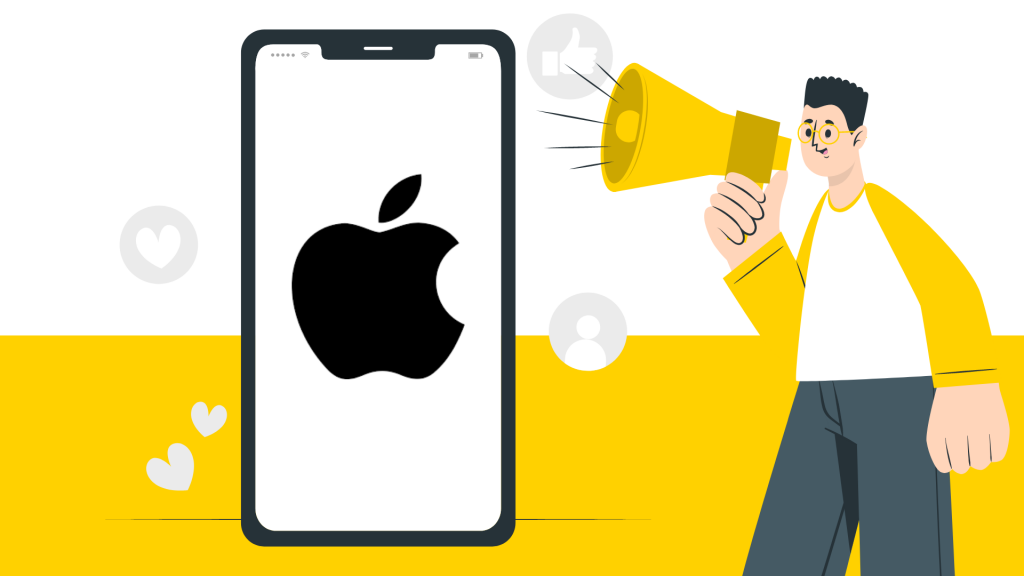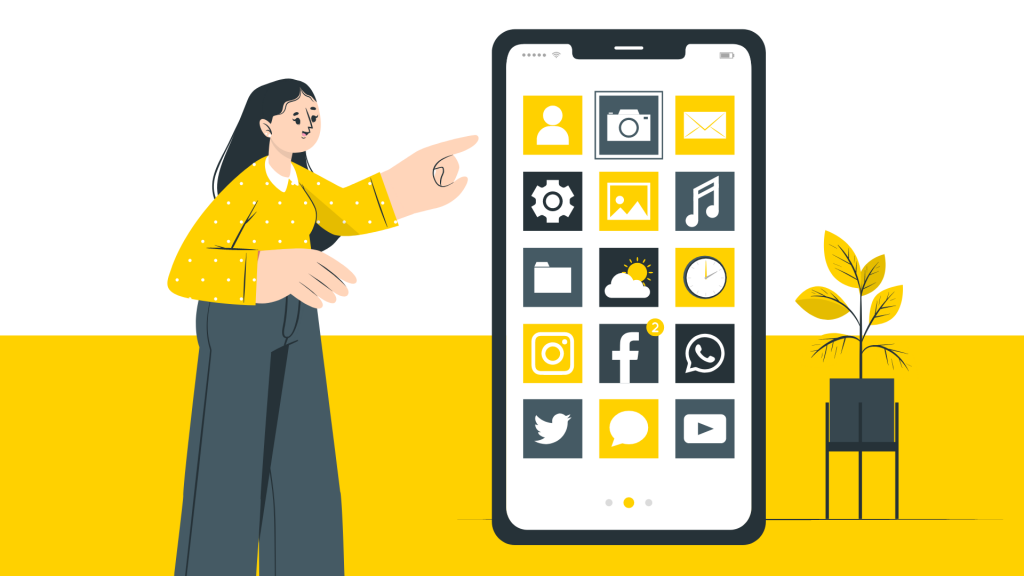Let’s talk about iOS 14.5: What will happen and what should we do?

Apple releases more frequent updates compared to previous years, and now, the eyes are on the new update 14.5. The company, which decided to make new decisions on ATT (App
Tracking Transparency), will make changes that are closely related to app publishers with this update.
Although Apple has not given an exact day, they have announced that the update will be released next week. In other words, after waiting around a week, we will have new iOS and
iPadOS versions.
And yes, iOS 14.5 will come with features such as new Siri voices, but the main concern for developers will be ATT updates. Well, are we prepared for this update? What will be
changed for us?
Apple has already shared an explanatory article on the update on their website. So, even though everybody says something about it, it is best to listen to Apple as a source. You can
access the article shared by Apple for Data Privacy Day here.

So, briefly, what will change?
With the upcoming iOS 14.5 update, Apple has confirmed that it will force developers to ask for permission before using their unique Advertisers Identifiers (IDFA) for third-party ad
tracking.
In epitome, that means users will have to to opt-in to ad tracking. So, you need to get users’ permission to track them first. Drawing attention to the data issue, Apple stated that the new system is designed for transparency.
“Under Settings, users will be able to see which apps have requested permission to track, and make changes as they see fit,”
Apple said. “
This requirement will roll out broadly in early spring with an upcoming release of iOS 14, iPadOS 14, and tvOS 14, and has already garnered support from privacy advocates around the world.”
With the new system, users will be able to get a clearer understanding of which apps are tracking them and sharing information with other agencies. They will also be asked explicitly
whether tracking is allowed on per app basis. When an app is launched for the first time, a pop-up will appear to allow users to opt into tracking.
Apple says developers will still be able to use data for their own advertising even if users opt-out.

What do we need to do?
● Make sure you update all SDKs (MMP, ad networks etc) that use PII or non-PII data to track users. SDK providers are launching complying versions every day and Apple
won’t tolerate SDKs and hosting apps that don’t comply with Apple’s new privacy requirements.
● If you have time and resources, run your own A/B tests to find out the best combination of wording, design and timing to ask for permission. If you don’t have
enough time and resources, it is always safer to follow the market leaders in your category.
● SKadnetwork will be a new thing for most developers. Run at least one marketing campaign with SKadnetwork setup to check if the implementation is complete, install
attributions are done as expected and marketing campaigns set up on that specific user acquisition channel is ok. If you are using event campaigns, try also the new
event campaigns that are based on conversion values provided within SKadnetwork postback.
● Do not try to get approval from users before Apple’s own ATT consent screen. A pre-authorization request should not appear in itself as a prompt for approval. While this is
not a true IDFA pop-up window, Apple believes that the pre-prompts should only serve to inform the user of their possible decisions and not affect the user’s decisions.
You can use a pre-ATT pop-up, but this window may inform users only. Also, this will be noticed if you try to distract users and get their consent by popping up other pop-ups
repeatedly before the confirmation window. We know it sounds pretty clever, but don’t take that risk. When Apple realizes that you are trying to fool users, it will block your app.
How can this pre-authorization screen be designed?
To prepare users, it’s helpful to make the pre-authorization request part of the initial engagement flow. This can act as a buffer before the Apple pop-up window appears so
users can move around more comfortably. Data privacy can be handled as a separate issue on its own screen as you progress through the initial participation screens. You can discuss the subject extensively here, including the GDPR messages you will give. This way, your users are not surprised and understand that a request for consent is the same as a request for personal information.
However, here you need to define the limits of providing value without overloading users. We recommend that you explain your message to the user in 2-3 short sentences. You can briefly indicate to them that the information tracked will not harm them or the importance of this for your app.
Finally, a correct UI / UX will increase your approval rate. For this reason, take care to design the pop-up time, design, button locations and colors of the box in the most user-
friendly way.
